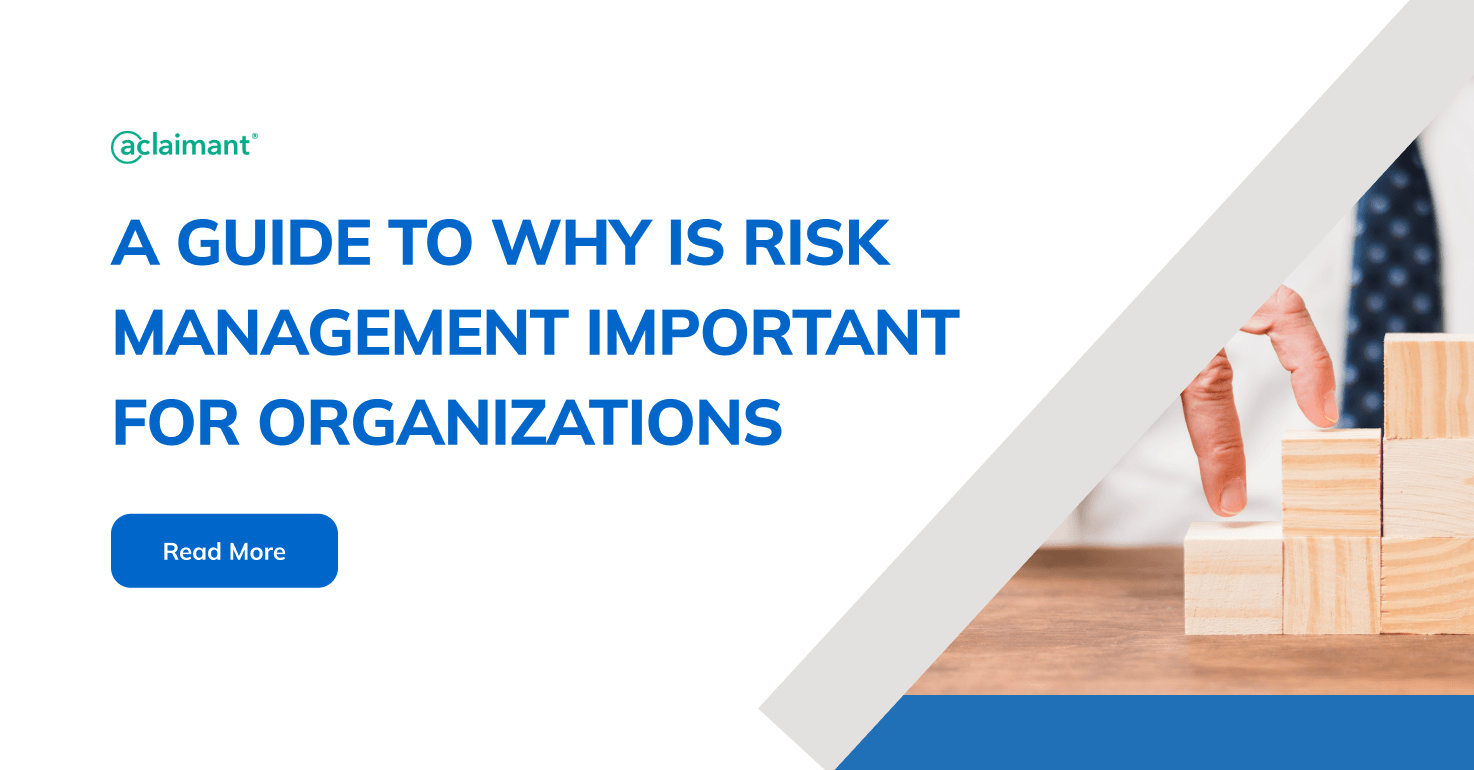Checking out the Significance of Risk Management for Effective Decision-Making Strategies
In the complex world of business, Risk Management arises as a vital consider the decision-making procedure. The ability to recognize possible dangers and opportunities, and strategize accordingly, can mean the distinction between success and failing. With devices such as SWOT and PESTEL, organizations are geared up to make educated choices, cultivating strength and versatility in an ever-changing atmosphere. Wondering exactly how this works? Let's unpack the dynamics additionally.
Comprehending the Principle of Risk Management
Risk Management, a crucial component in decision-making, is usually misconstrued or oversimplified. Risk Management includes structured and regimented methods, utilizing information and insightful analyses. From economic unpredictabilities, legal liabilities, critical Management mistakes, to accidents and natural disasters, it attends to various threats - importance of risk management.
The Function of Risk Management in Decision-Making Processes
In the realm of tactical planning and service procedures, Risk Management plays an indispensable duty in decision-making procedures. Risk Management therefore ends up being a crucial tool in decision-making, assisting leaders to make informed choices based on an extensive understanding of the risks included. Risk Management offers as an essential part in the decision-making procedures of any type of organization.

Just How Risk Management Improves Strategic Planning
In the context of calculated planning, Risk Management plays an essential function. Starting with the identification of potential threats, it better encompasses the implementation of Risk reduction procedures. The function of Risk Management is dynamic however not static, as it demands consistent tracking and adjusting of methods.
Determining Potential Dangers

Implementing Risk Mitigation
Having established the importance of determining possible dangers, the following step is to check out Risk mitigation. This process entails establishing and applying approaches to take care of identified dangers properly. It is an important facet of strategic preparation as it improves decision-making by minimizing prospective unfavorable outcomes. Risk reduction techniques can vary from Risk evasion, Risk transfer, to take the chance of reduction. Each approach must be tailored to the details Risk, considering its potential effect and the organization's Risk resistance. Efficient Risk mitigation requires a deep understanding of the Risk landscape and the possible effect of each Risk. This understanding enables organizations to prioritize threats and allot sources successfully, ensuring that one of the most substantial dangers are dealt with first.
Monitoring and Readjusting Techniques
Though Risk reduction is an important action in critical preparation, continual monitoring and adjustment of these strategies is equally essential. It likewise offers a chance to review the success of the Risk Management actions, permitting changes to be made where needed, more improving calculated preparation. Monitoring and readjusting Risk Management methods is an important element for enhancing an organization's durability and calculated planning.
Case Studies: Successful Risk Management and Decision-Making
On the planet of business and finance, successful Risk Management and decision-making often serve as the columns of continue reading this flourishing ventures. One such entity is an international oil firm that minimized economic loss by hedging versus changing oil rates. In an additional circumstances, a tech startup thrived by identifying and accepting risky, high-reward approaches in an unpredictable market. A worldwide bank, confronted with regulatory unpredictabilities, efficiently browsed the circumstance through proactive Risk evaluation and dynamic decision-making. These cases highlight the worth of sharp Risk Management in decision-making procedures. It is not the absence of Risk, however the Management of it, that frequently differentiates effective companies from unsuccessful ones. These instances underscore the important function of Risk Management in critical decision-making. importance of risk management.
Tools and Techniques for Efficient Risk Management
Browsing the complex maze of Risk Management calls for the ideal set of tools and strategies. These tools, such as Risk registers and heat maps, help in determining and assessing prospective risks. Methods consist of both quantitative approaches, like sensitivity analysis, and qualitative approaches, such as SWOT evaluation. These aid in prioritizing threats based upon their prospective influence and probability. Risk action strategies, a crucial component of Risk Management, entail accepting, preventing, moving, or mitigating threats. Monitoring and managing threats, through routine audits and reviews, ensure that the methods remain effective. With these methods and devices, decision-makers can navigate the complex landscape of Risk Management, therefore assisting in educated and effective decision-making.
Future Fads in Risk Management and Decision-Making Methods
As we check out the vast landscape of Risk Management, it ends up being apparent that the methods and devices used today will certainly continue to progress. The concept of Risk society, where every member of a company is aware and included this contact form in Risk Management, will certainly obtain much more prestige. These trends advertise an even more proactive and comprehensive technique in the direction of Risk Management and decision-making.
Verdict

Risk Management hence comes to be an essential device in decision-making, aiding leaders to make educated options based on an extensive understanding of the click to find out more dangers involved. Risk reduction methods can range from Risk evasion, Risk transfer, to run the risk of reduction (importance of risk management). Effective Risk reduction needs a deep understanding of the Risk landscape and the potential influence of each Risk. Risk response approaches, a vital element of Risk Management, include accepting, avoiding, moving, or mitigating dangers. The concept of Risk society, where every member of a company is conscious and involved in Risk Management, will obtain extra prestige